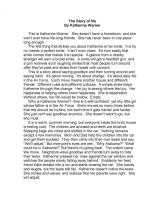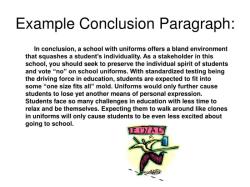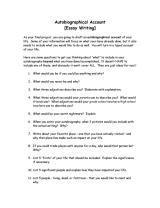How to protect your content from plagiarism?
Protecting your content from plagiarism is essential, especially if you're a content creator, author, or website owner who wants to preserve the originality and integrity of your work. Here are some strategies and tips to help you prevent plagiarism:
1. Understand Copyright Laws:
- Familiarize yourself with copyright laws in your country. Copyright automatically protects your original work as soon as it's created and fixed in a tangible form, but understanding your rights and the duration of protection is crucial.
2. Use Copyright Notices:
- Include a copyright notice (e.g., © [Year] [Your Name]) on your work to alert others that it is protected by copyright.
3. Register Your Copyright:
- While not required, registering your work with the copyright office in your country can provide additional legal protection and help establish a public record of your ownership.
4. Employ Plagiarism Detection Tools:
- Utilize plagiarism detection tools and services to check your work for potential instances of plagiarism. Some popular tools include Copyscape, Grammarly, and Turnitin.
5. License Your Work:
- Consider licensing your work with a Creative Commons license or other licenses that specify how others can use your content while respecting your rights.
6. Monitor Your Content:
- Regularly search the internet for your content or excerpts from it to identify potential cases of plagiarism. Google Alerts can be useful for this purpose.
7. Attribution and Citation:
- Encourage proper attribution and citation when others use your content. Make it clear how you want your work to be credited when shared.
8. Use Watermarks on Visual Content:
- If you create images, photographs, or other visual content, consider using watermarks to deter unauthorized use.
9. Terms of Use and Copyright Policy:
- Create and prominently display a terms of use or copyright policy on your website or platform, outlining the rules for using your content.
10. Secure Your Website:- Implement security measures on your website to prevent unauthorized access to your content. This includes using strong passwords, firewall protection, and secure hosting.
11. Guest Post Guidelines:- If you accept guest posts on your website or platform, establish clear guidelines and policies for contributors regarding the submission of original content and proper citation.
12. Educate Your Audience:- Educate your audience about copyright and plagiarism by including information on your website or in your content. Make it clear that plagiarism is not tolerated.
13. Legal Action:- If you discover a case of plagiarism, consider taking legal action if necessary. Consult with an attorney to explore your options.
14. Document Your Work:- Keep records of drafts, notes, and any other documentation that can establish the creation date and originality of your work.
15. Content Licensing Platforms:- Consider publishing your content on content licensing platforms that provide additional protection and opportunities for monetization.
Remember that plagiarism prevention is an ongoing process, and it's essential to be proactive in safeguarding your work. While you can't completely eliminate the risk of plagiarism, these strategies can help reduce the likelihood of others copying or misusing your content without your permission.
Safeguarding Your Content: Strategies to Prevent Plagiarism
Plagiarism is the act of using someone else's work or ideas without giving them credit. It can be intentional or unintentional, but it is always wrong. There are a number of things you can do to safeguard your content from plagiarism, including:
- Watermarking your content. This means adding a visible or invisible watermark to your work, such as your name or logo. This can deter people from plagiarizing your content, as they will know that they will be caught.
- Using a plagiarism checker. A plagiarism checker is a tool that can scan your work for similarities to other sources. This can help you to identify any potential plagiarism issues before you publish your work.
- Registering your copyright. Registering your copyright with the United States Copyright Office gives you legal protection for your work. If someone plagiarizes your copyrighted work, you can take legal action against them.
- Educating your audience about plagiarism. Let your audience know that plagiarism is wrong and that you will take action against anyone who plagiarizes your work. You can do this by including a statement about plagiarism on your website or in your work.
The Battle Against Plagiarism: Protecting Your Valuable Content
Plagiarism is a serious problem that can have a negative impact on your reputation and your business. If someone plagiarizes your content, it can damage your credibility and make it difficult for you to attract readers or customers.
It is important to protect your valuable content from plagiarism. By taking the steps outlined above, you can make it more difficult for people to plagiarize your work and you can deter them from doing so in the first place.
Content Security: How to Shield Your Work from Plagiarism
In addition to the strategies outlined above, there are a number of other things you can do to shield your work from plagiarism, including:
- Use strong passwords and encryption. This will help to protect your work from unauthorized access.
- Back up your work regularly. This way, if your work is plagiarized, you will have a backup copy that you can use to prove that you are the original author.
- Be mindful of where you share your work. Only share your work with people you trust and who will respect your copyright.
- Use social media to your advantage. Social media can be a great way to promote your work and reach a wider audience. However, it is important to be careful about what you share on social media, as it can be easy for people to plagiarize your work from there.
By taking these steps, you can make it more difficult for people to plagiarize your work and you can protect your valuable content.
If you have any questions or concerns about plagiarism, please consult with a lawyer or copyright expert.













